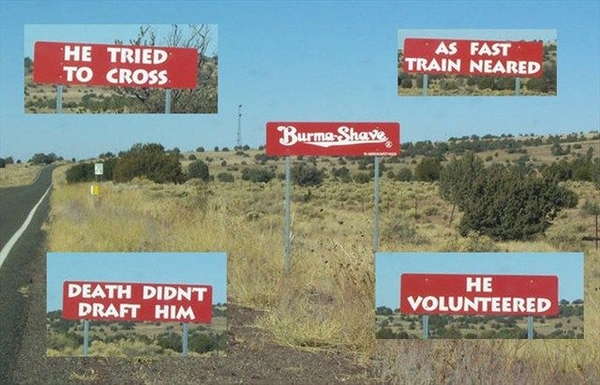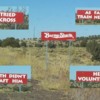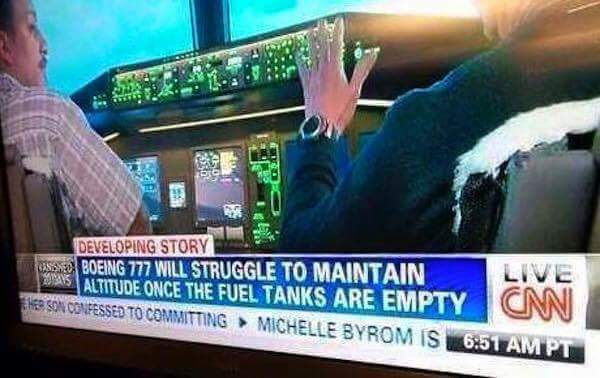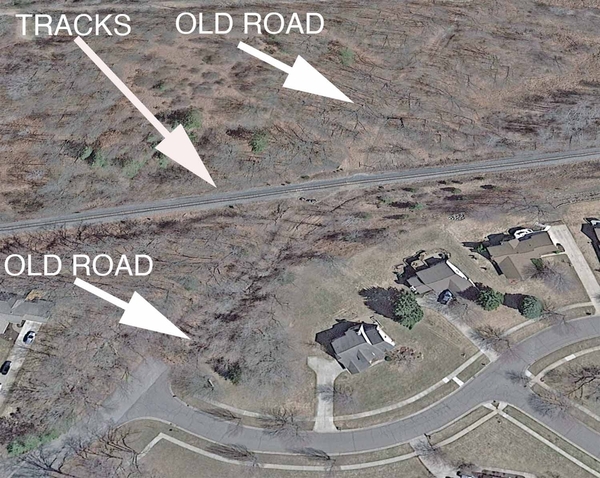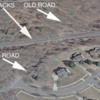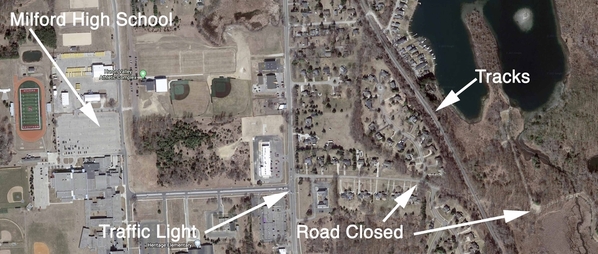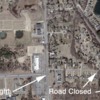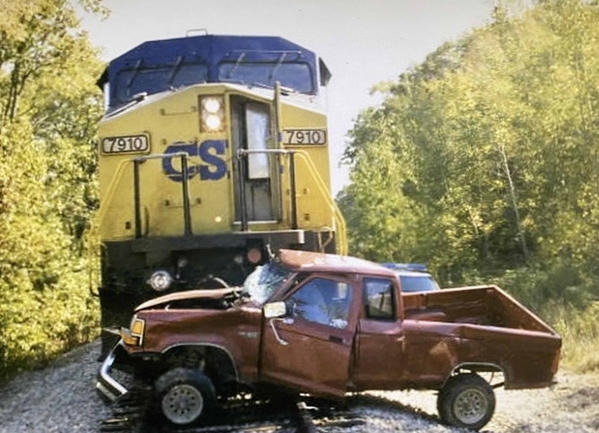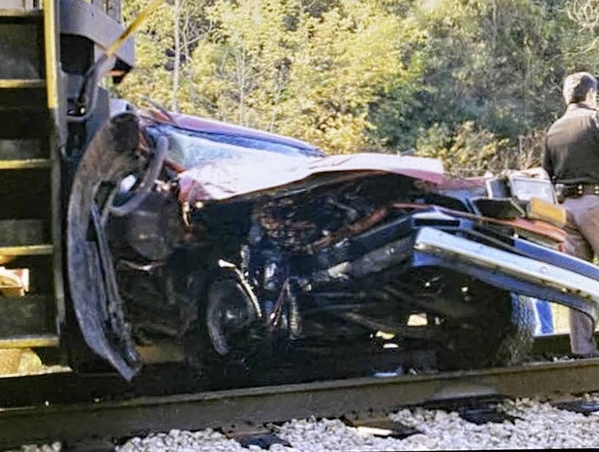If the OP's description of the car/train accident is an argument for journalism being dead then it would appear journalism died almost 100 years ago...the simple fact remains that descriptions of auto/train accidents haven't changed much over time.
Wilson Daily Times, 11 June 1926
Headline: Third Fatality Result Accident
“…died at eleven o’clock last night in the Atlantic Coast Line railroad hospital at Rocky Mount, from injuries sustained early Monday morning at Dunn when the automobile in which she was riding collided with Coast Line train No. 76.”
Mt. Pleasant Daily Times – 6 October 1930
Headline: Two Killed in Train-Auto Crash
”Two men are dead, two others are believed dying and a fifth is suffering from minor injuries today…The five men, all of whom lived in or near Shepherd, were riding in a sedan when it ploughed into a fog-obscured southbound Ann Arbor freight train….”
The Charleston Daily Mail West Virginia May 17, 1936
Headline: Death for Seven is Climax of Wedding
“Youngstown, O., May 16 (UP) - Seven members of a wedding party were killed, four of them instantly, today when their car crashed into the side of a freight train at West Austintown near here…Witnesses said their car was traveling about 50 miles an hour when it hit the train.”
The Daily Times New Philadelphia Ohio July 28, 1941
Headline: Eight Killed in Auto, Train Crash
(By International News Service)
“An auto-train crash near Dayton …claimed eight lives …The train, the second section of a St. Louis to New York flyer, carried the wreckage 500 feet down the track. A witness said the auto paused momentarily as it approached the crossing, then drove on the tracks directly in front of the locomotive.”
Daily Reporter Dover Ohio April 18, 1956
Headline: 3 Sportsmen Killed in Car.
“Tiffin, Ohio (AP) - Three Lorain sportsmen, en route to a pigeon shoot in Kentucky, were killed today when their car hit an express train at nearby Attica Junction.”




 Associated Press
Associated Press